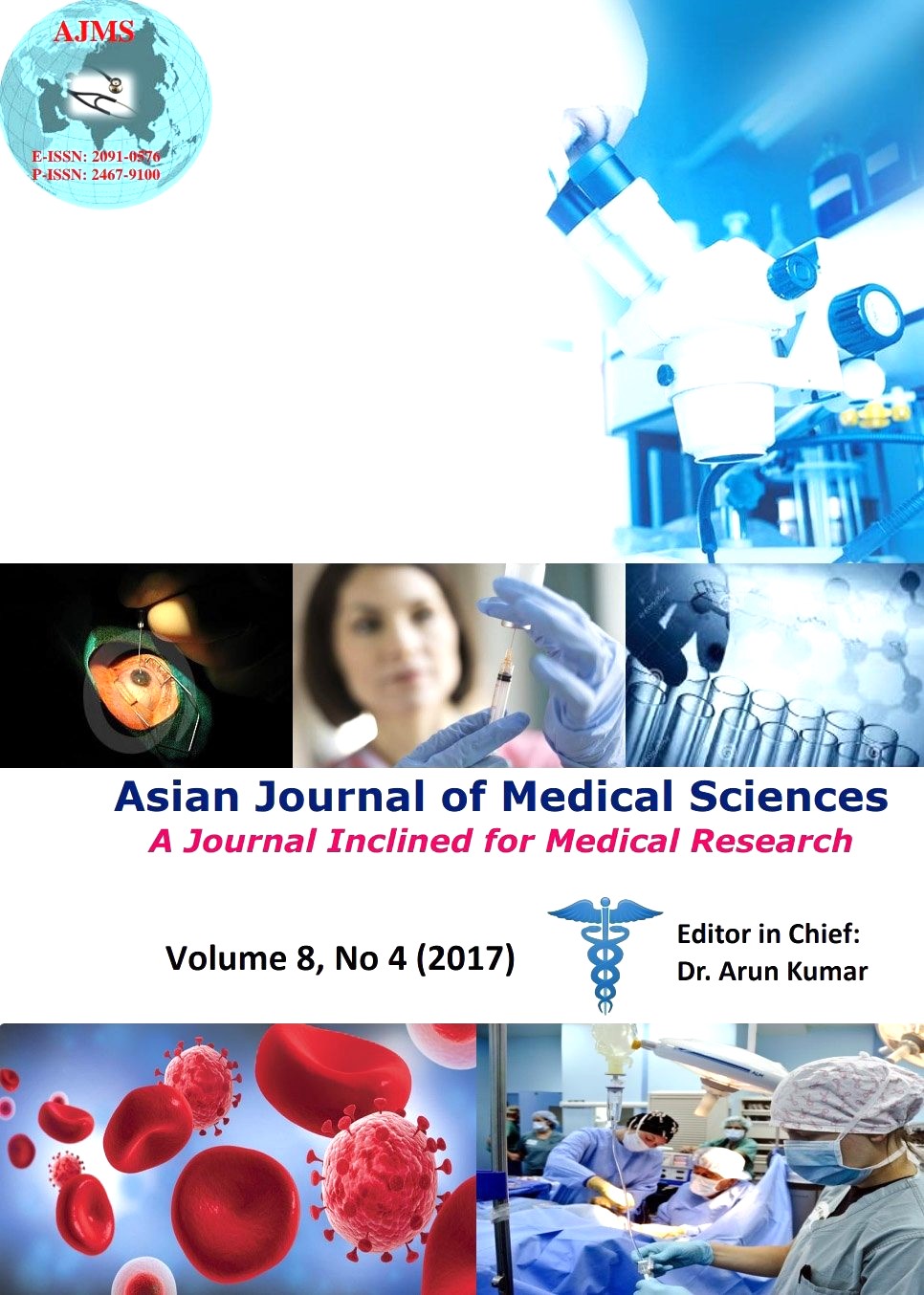Comparison of two doses of succinylcholine to facilitate the Laryngeal mask airway insertion under propofol anaesthesia in adult patients undergoing elective minor surgical procedures
Keywords:
Daycare surgery, Gagging, Laryngeal mask airway, Propofol, Succinylcholine.Abstract
Background: Small dose of succinylcholine combined with propofol facilitates Laryngeal mask
airway (LMA) insertion. This study was designed to compare the efficacy of two different
small doses of succinylcholine for LMA insertion.
Aims and Objectives: The aim of our study is to compare the usefulness of two different doses of succinylcholine to facilitate the insertion of laryngeal mask airway under intravenous anaesthesia.
Material and Methods: 70 patients of ASA I and II posted for elective day care procedure under general anaesthesia with Laryngeal mask airway (LMA) were randomly allocated into two groups of 35 each. 35 patients in group PS1 received Inj. propofol 2.0 mg/kg + succinylcholine 0.1 mg/kg (diluted to 2 ml). 35 patients in group PS2 received Inj. propofol 2.0 ml/kg + succinylcholine 0.2 mg/kg (diluted to 2 ml). During insertion of laryngeal mask airway jaw relaxation, gagging/coughing, head and limb movements, presence or absence of laryngospasm and duration of apnoea were noted.
Results: Patients in PS2 had better conditions for LMA insertion, reduced the upper airway responses to the LMA insertion, and reduced the supplement doses of propofol compared to PS1.
Conclusion: Succinylcholine in 0.2 mg/kg compared to 0.1kg provides optimal conditions for LMA insertion.
Asian Journal of Medical Sciences Vol.8(4) 2017 21-26
Downloads
Downloads
Published
How to Cite
Issue
Section
License
Authors who publish with this journal agree to the following terms:
- The journal holds copyright and publishes the work under a Creative Commons CC-BY-NC license that permits use, distribution and reprduction in any medium, provided the original work is properly cited and is not used for commercial purposes. The journal should be recognised as the original publisher of this work.
- Authors are able to enter into separate, additional contractual arrangements for the non-exclusive distribution of the journal's published version of the work (e.g., post it to an institutional repository or publish it in a book), with an acknowledgement of its initial publication in this journal.
- Authors are permitted and encouraged to post their work online (e.g., in institutional repositories or on their website) prior to and during the submission process, as it can lead to productive exchanges, as well as earlier and greater citation of published work (See The Effect of Open Access).




